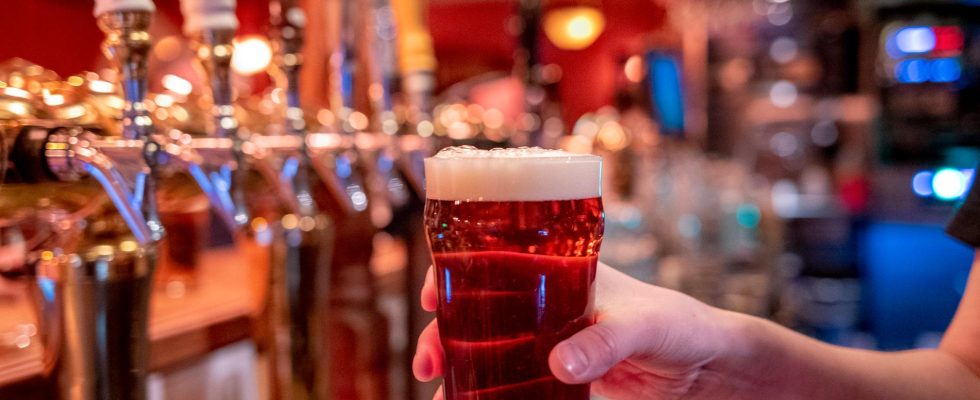unsaveSave
expand-left
full screen
chevron-rightnext
Many Swedes are above the National Board of Health and Welfare’s limit for risky use when it comes to alcohol. Archive image.
1 / 2Photo: Javad Parsa/NTB/TT
The majority of Swedes who drink alcohol do so above the limit for risky use. This is shown by a new report from the Central Association for Alcohol and Narcotics Information (CAN).
– That corresponds to 3.3 million inhabitants, says Ulf Guttormsson, head of department at CAN.
The limit for risky use comes from the National Board of Health and Welfare’s new guidelines that were presented in September. The reactions were sometimes strong. Labor market minister Johan Pehrson (L) thought that “there must be a slightly more realistic level on this”.
Now CAN releases a report that shows that 41 percent of the adult population in Sweden crosses the threshold for risky use.
– These limits are developed based on statistical models that say that if you drink in this way for a long time, then there is a risk of premature death as a result of illness or injury, says Guttormsson and continues:
– Then it may not be very high and it is a risk that people are willing to take because you see many benefits to drinking alcohol. Many human choices involve risk.
Underestimation
But isn’t that a very high number?
– I can agree with that, says Guttormsson.
The limit referred to is ten standard glasses per week or four per occasion at least once a month. A standard glass is defined as either 33 cl of strong beer, a small glass of wine, 50 cl of folk beer or 4 cl of spirits. According to CAN’s figures, a majority of Swedes who drink alcohol pass that limit.
– We also know from tradition that people underestimate their drinking, so the figure is probably higher, says Guttormsson.
Downward trend
Even though roughly three million Swedes with high-risk drinking sounds like a lot, it was worse in the past. At least statistically. According to Guttormsson, alcohol consumption in Sweden has fallen in recent decades – from 2004 to 2022 by approximately 19 percent. Consumption saw a temporary uptick during the pandemic, but overall it has only been trending downward for the past 20 years.
– This may rightly raise questions for some. That you reflect on your alcohol habits, says Guttormsson, who does not want to describe the whole thing as an alarm.
– On the other hand, people have the right to know that these guidelines, which are drawn up by the National Board of Health and Welfare and based on research – if we apply them to the entire population, we end up at these levels. Having that knowledge doesn’t hurt.
FACTS The National Board of Health’s recommendations
According to the National Board of Health and Welfare’s recommendations, the healthcare system should offer support to people who have a risky use of alcohol.
Risky use of alcohol is defined as drinking any of the following: 10 standard glasses or more per week, or 4 standard glasses or more per drinking occasion once a month or more often. The limits are the same for both men and women.
However, there are times when alcohol should be avoided completely, for example before the age of 18, during pregnancy and before an operation.
A standard glass of alcohol contains 12 grams of pure alcohol. This corresponds to, for example, 50 cl of folk beer, 33 cl of strong beer, a small glass of wine or 4 cl of spirits.
Source: National Board of Health and Welfare
Read moreFACTS You can go here
At alkoholprofilen.se you can test your alcohol habits.
For those who have a problematic relationship with alcohol and want help, there is the national support function Alkohollinjen (020–84 44 48) and Alkoholhjälpen (alkoholhjalpen.se). Relatives can also turn there. It is possible to be anonymous.
It is also possible to seek help at the health centre. You can seek care at any care center or reception you want throughout the country, or at an addiction clinic, or via the social services in your municipality.
Read more
